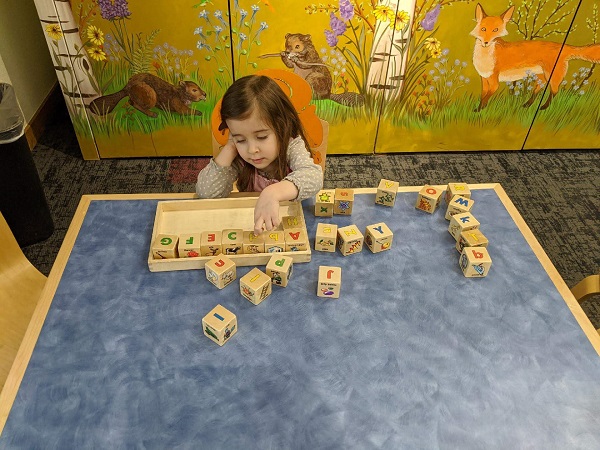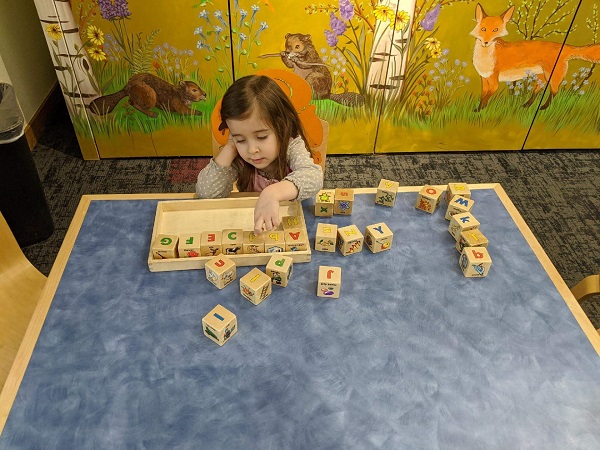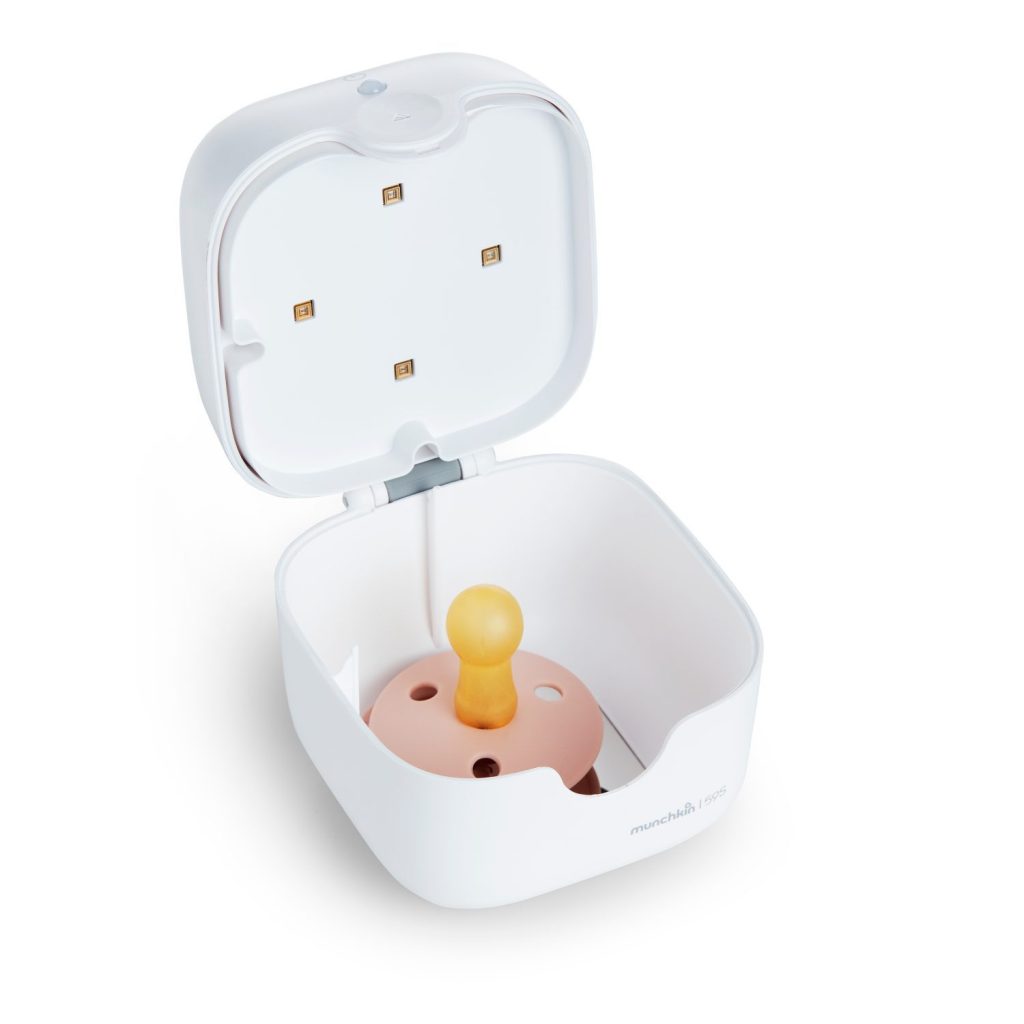
Do you ever feel like you’re parenting from a crouched position? Sure, I literally crouch to talk to my kids at eye level, to pick up toys before someone trips, and to find that missing sock. But I also crouch mentally—constantly prepared to pounce on any problem that comes my way.
Moms are at the ready. All. The. Time.
We are ready to bear hug a child fearing a flu shot, whip up dinner in five minutes flat, sing the ABCs on repeat, and keep walking through the sleet when their toddler falls asleep in the stroller. Ready to unearth a Band-Aid from a forgotten purse pocket, change wet sheets at 2 a.m., pump if the baby won’t latch, and come up with a logical consequence for every new form of naughtiness.
We relentlessly plan for the day, knowing full well that something will derail along the way. A playdate will turn sour. The milk will run out. The babysitter will get pink eye. The broccoli will (heaven forbid!) touch the mac and cheese on a dinner plate. A loving brother will devolve into a pest. One twin will wake after 30 minutes and the other after 2 hours. Someone will forget to pack a snack. Toothpaste will squirt on my shirt. School will get canceled because of a virus scare.
This is what makes parenting so exhausting, both physically and mentally. We have to be ready, even when we’re (in theory) off-duty. Case in point, my 3-year-old will wake us both out of deep, peaceful dreams just so I can smooth out her blanket—which she doesn’t even want on her, just precisely placed along her side. Ugh.
And so, we channel Pete the Cat and just keep walking along, singing our song.
Even with that catchy, optimistic feline soundtrack playing in my head, living in a constant state of on-call is hard work. Thankfully, it provides ample opportunity to model for my kids how to handle with grace whatever life sends our way. Kids are sponges in many regards. They certainly soak up their parents’ behavior—good and bad. Resilience in the face of setbacks is a character trait I strongly hope my kids soak up. Plan for the worst, hope for the best.
In a family of six, there are plenty of chances for plans to go awry. And, hence, teachable moments abound.
I’m careful not to make empty promises to my kids, given that Plan A can quickly shift to Plan B, C, or D. For instance, we may have planned an outing to Central Park with a classmate, but if it starts to rain or the friend bails, I take a moment to say, “Oh, bummer, that’s too bad we can’t scoot in the park with Jake today. I hope he feels up to playing soon. Plus, it’s rainy anyway, so this would be a great day to head to the library. I wonder if they have any new graphic novels to check out?” And off we go.
Changes to plans like this are so frequent in our family that it doesn’t even phase my kids anymore. Does the airplane has screens on the backs of the seats? Cool. If not, no biggie—we are always prepared with our bags of tricks. Someone’s too short to board the carnival ride? Then let’s walk over to that barn and see the farm animals instead while the others get dizzy. We forgot the cookies in the oven and now only the tops are salvageable? Sounds like a great topping to crumble over ice cream!
If the plan has to change because of a mistake I made, I try to acknowledge my fault in front of the kids. My husband’s new job schedule means I’m now on school drop-off duty, so I have been re-figuring out my morning routine. In the elevator the other day, I admitted, “Whoops, I made a mistake. I didn’t set my alarm early enough and had to rush through the shower to get everyone to school. Next time, I’ll try to start exercising earlier to leave more cushion time. Sorry it got so hectic this morning.” Hugs and kisses. “Let’s go have a great day!”
They see me recognizing a problem and my role in it rather than just dishing out blame and yelling, “You guys are old enough to get yourselves ready for school! Why do I come out of the shower only to find unpacked backpacks and shoeless feet?! Can’t you see the clock?” They also see me making a plan for how to go forward and wrapping up the conversation on a positive note.
It still amazes me that I’m in charge of raising four tiny humans. I know I can’t do this depending upon my own strength. I take comfort knowing that, even when the day spins out of my control (because even my Ziploc bag of granola bars, playing cards, and Wet Wipes has its limits), I have a Good, Good Father in charge of the master plan. With that perspective, this on-call mom can calmly handle any curveball our messy world throws my way.






















